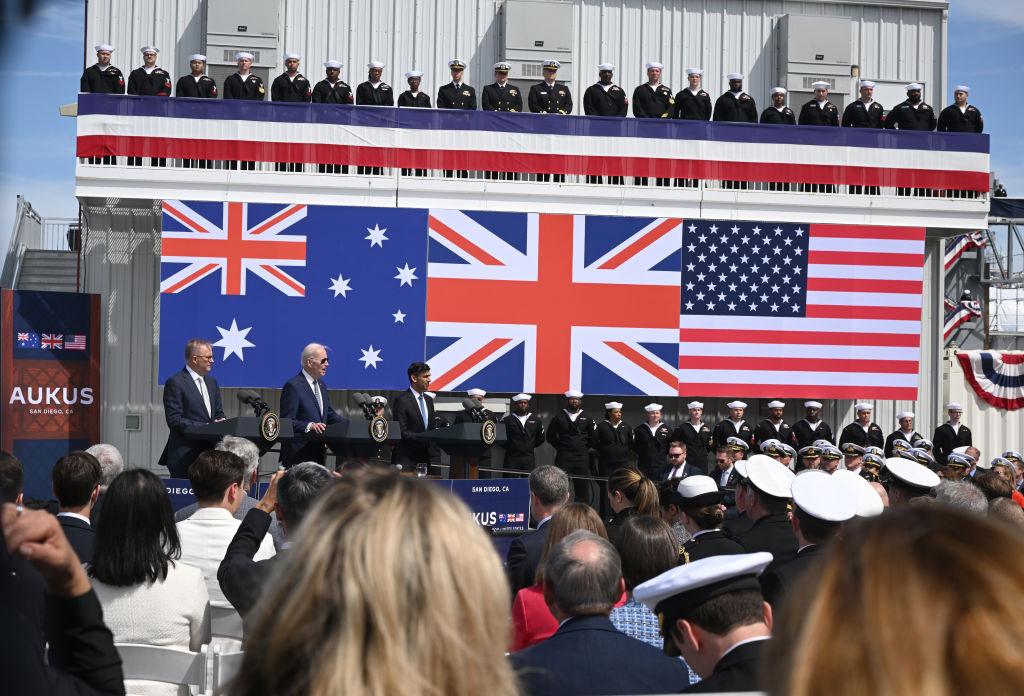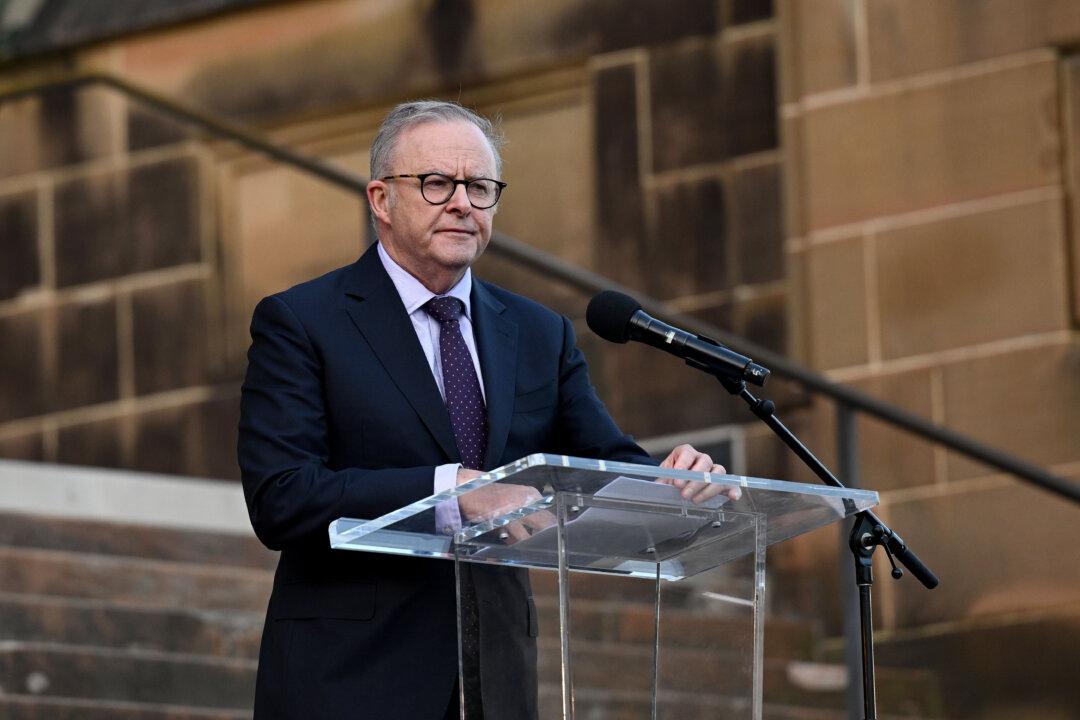AUKUS, the trilateral security pact between Australia, the United Kingdom, and the United States, needs to accelerate and deepen cooperation on key defence technologies, including hypersonics, electronic warfare, and undersea capabilities, in order to effectively counter the Chinese Communist Party (CCP), a think tank report shows.
The collective strength of the AUKUS countries has turned around China’s capabilities in key military areas, including China’s strategic capabilities in autonomous systems operation technology, advanced robotics, adversarial AI-reverse engineering, and protective cyber, Australian Strategic Policy Institute (ASPI) ’s Critical Technology Tracker revealed in its report on June 6.




